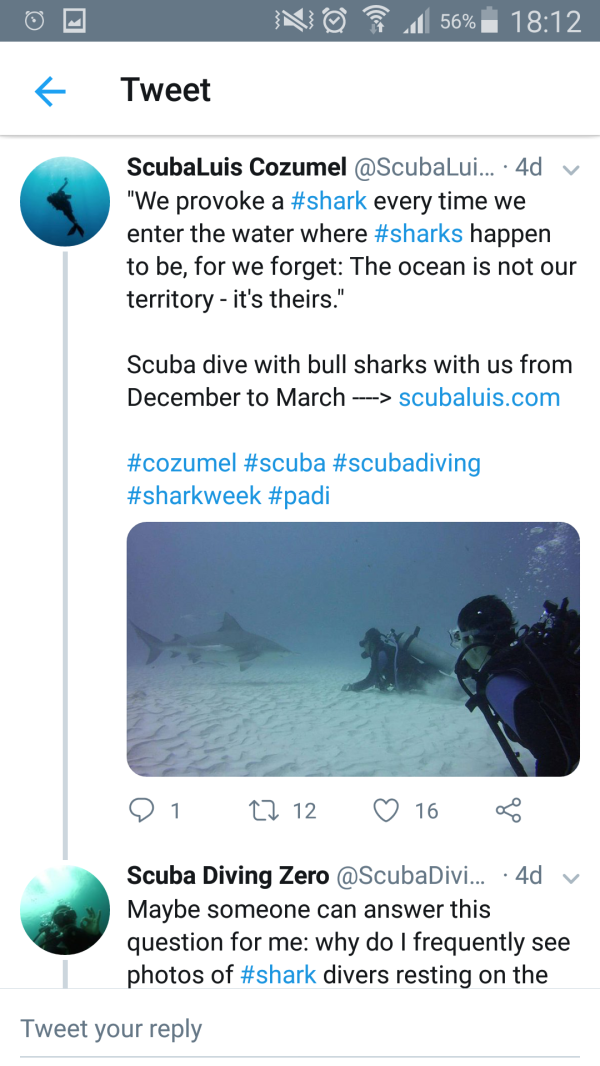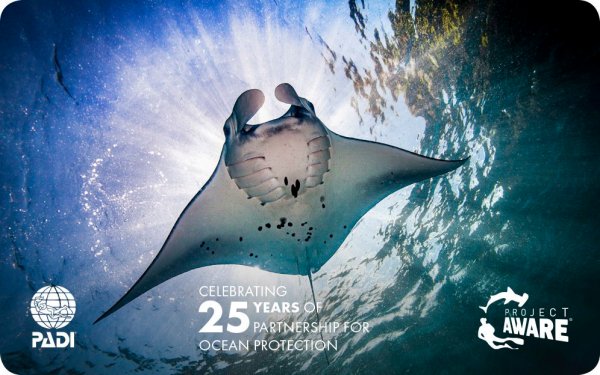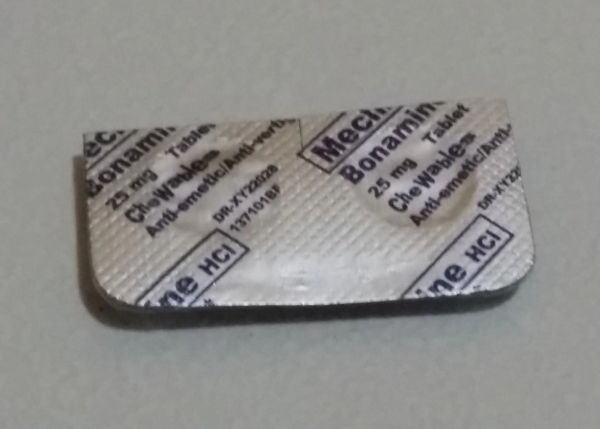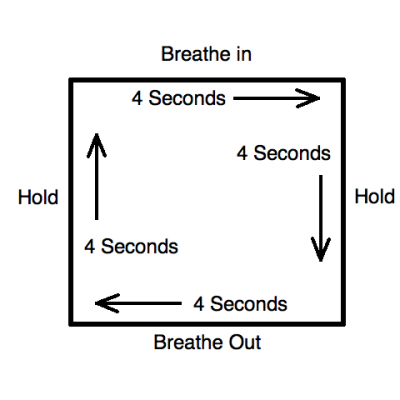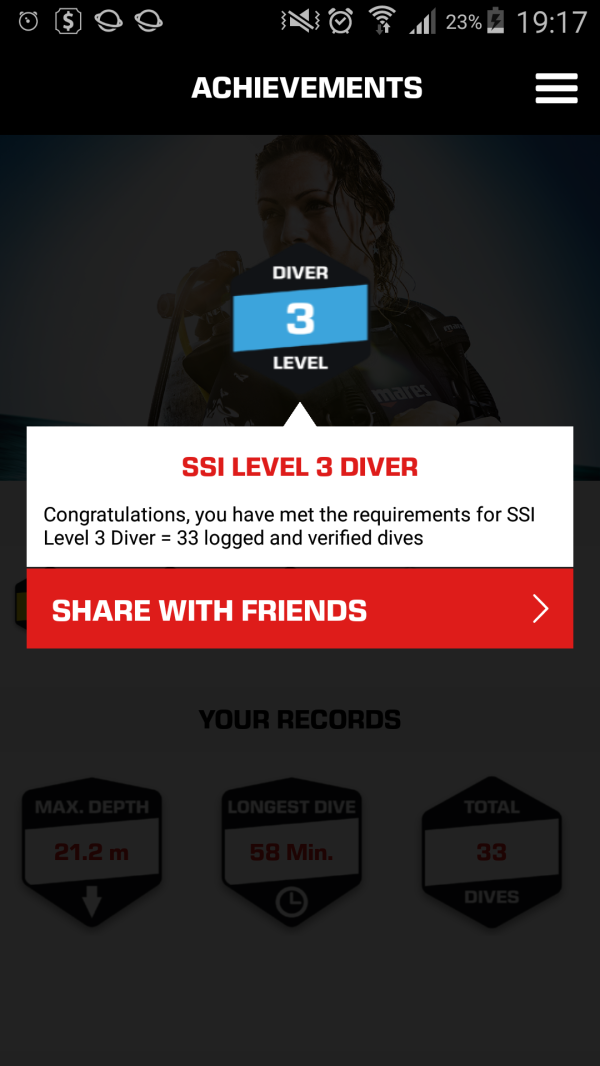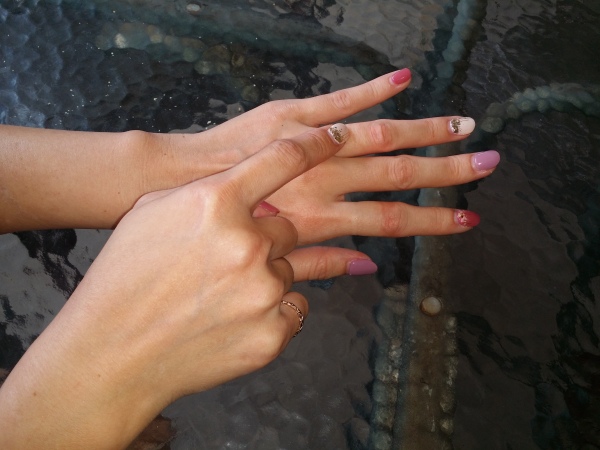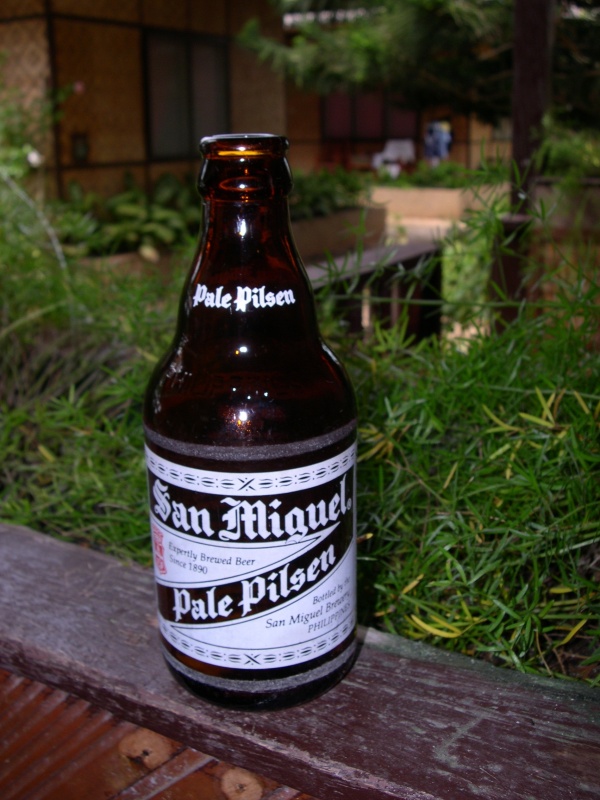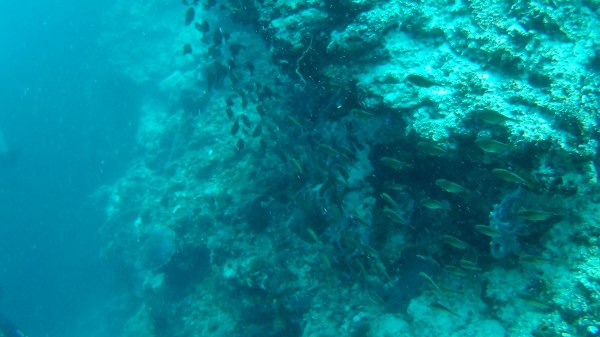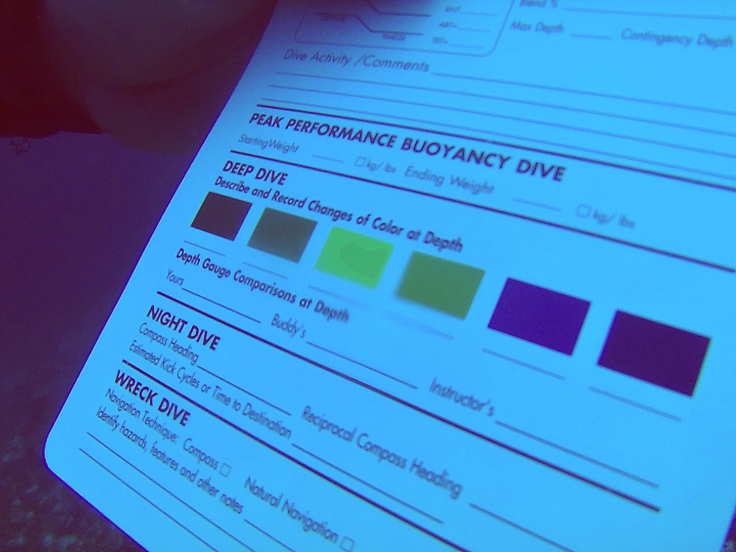I have not yet had the opportunity to dive with sharks, so photos of shark divers always struck me as odd. Scuba divers learn to be neutrally buoyant, and yet I would see photos/videos of shark divers resting on the ocean floor. Why?
So, I finally asked the question in reply to a tweet by @ScubaLuisCzm. Their reply was very informative.
First, it’s a buoyancy issue. Too many divers simply don’t have enough control to not flail their limbs and bodies about as the sharks swim nearby. Resting on the seafloor allows these divers to remain relatively motionless compared to the alternative.
Second, it’s an intimidation issue. Besides not drawing undue attention to themselves, this practice helps prevent scaring the sharks away.
The nearest place to me to dive with sharks involves observing threshers from above, so I don’t think this technique is used there. However, I hope to try it out someday, perhaps with my Twitter friends in Cozumel….
